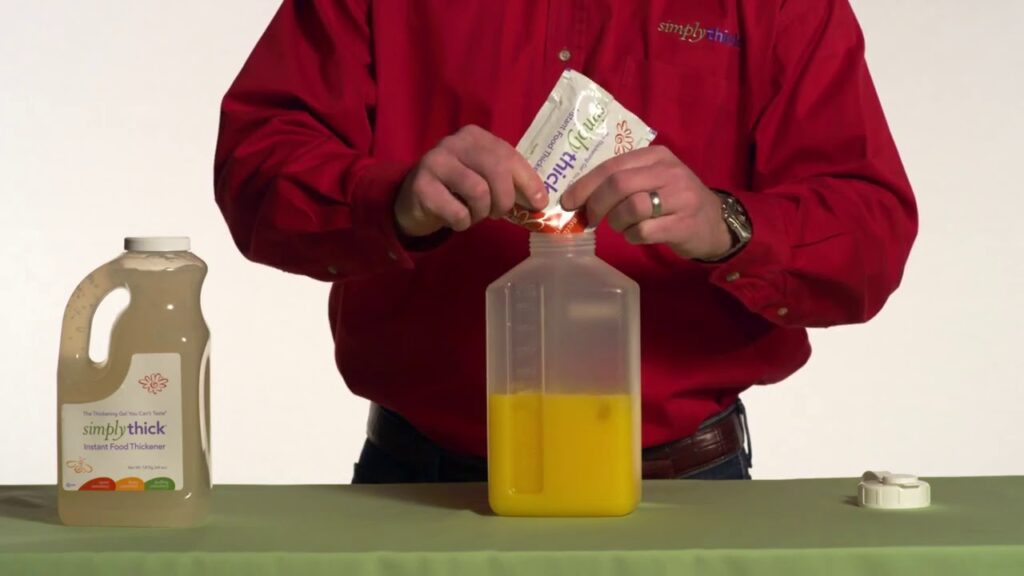When you’re navigating dysphagia, food thickeners become your silent guardians at every meal. But there’s far more to these powders and gels than meets the eye.
The Science Behind the Swallow
Your swallowing mechanism operates like a perfectly choreographed dance involving 26 muscles and 6 cranial nerves. When dysphagia disrupts this performance, food thickener from SimplyThick doesn’t just slow things down—they actually change the physics of how liquids behave in your mouth and throat. The viscosity creates what researchers call “cohesive bolus formation,” essentially giving your weakened swallowing muscles more time to coordinate their complex sequence.
Here’s something most people don’t realize: thickeners work differently depending on your saliva production. If you have dry mouth from medications, the thickener will behave differently than if you have normal saliva flow. This is why the same product might feel perfect one day and completely wrong the next.
Beyond Starch: The New Generation
While traditional cornstarch-based thickeners have dominated for decades, newer options are revolutionizing the field. Xanthan gum-based thickeners maintain their consistency even when mixed with acidic foods like orange juice—something starch-based products struggle with. Even more intriguing are the enzyme-resistant thickeners that won’t break down when they encounter the amylase in your saliva.
Some facilities now use “smart thickeners” that adjust their consistency based on temperature. Cold beverages stay properly thick, but when they warm to mouth temperature, they become slightly thinner for easier swallowing.
The Hydration Hidden Crisis
Most healthcare providers focus on choking prevention, but there’s an equally serious concern: dehydration. When every sip requires conscious effort and tastes like syrup, you naturally drink less. Research shows that people using thickeners consume up to 40% less fluid than recommended.
Your kidneys don’t care that swallowing is difficult—they still need adequate hydration to function. Watch for subtle dehydration signs: darker urine, increased fatigue, or that sticky feeling in your mouth that makes swallowing even harder.
Texture Modification Timing
Here’s a game-changer most people miss: when you add the thickener matters as much as how much you use. Adding thickener to hot liquids creates a different consistency than adding it to cold ones, then heating the mixture. Coffee lovers, take note—adding thickener to freshly brewed coffee versus cooled coffee produces dramatically different results.
For carbonated beverages, let them go flat first. The bubbles interfere with thickening and can create an unpredictable, foamy mess that’s actually more dangerous to swallow than the original thin liquid.
The Flavor Connection
Your taste buds adapt to thickened textures, but not in the way you’d expect. Thicker consistencies actually suppress sweet and salty flavors while enhancing bitter ones. This explains why your favorite juice tastes different when thickened—it’s not just psychological.
Consider this: adding a pinch of salt to thickened sweet beverages can restore some of the lost sweetness perception. It sounds counterintuitive, but it works.
Making Peace with the Process
Living with thickened liquids isn’t just about safety—it’s about maintaining your relationship with food and drink. Some days will be easier than others. Your swallowing function can fluctuate based on fatigue, stress, medication timing, and even posture.
Remember that consistency isn’t just about following recipes. It’s about finding what works for your unique situation on any given day. Your speech-language pathologist is your partner in this, not your enforcer. The goal isn’t perfect compliance—it’s safe, sustainable nutrition that supports your quality of life.
